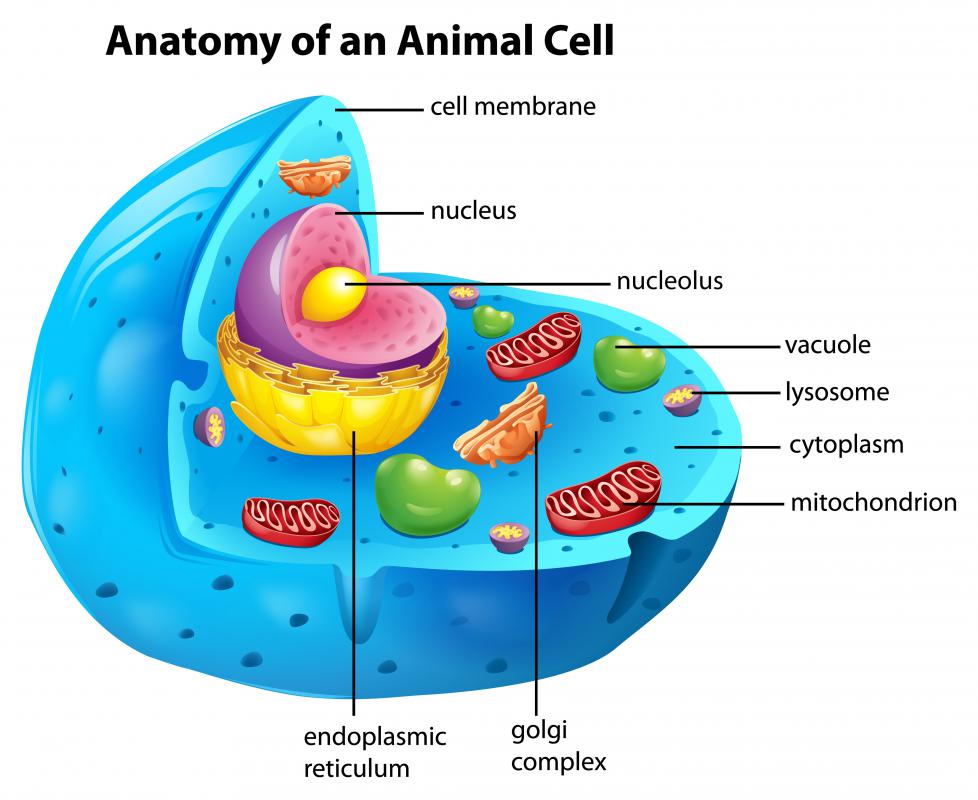
Image link: https://en.wikipedia.org/wiki/Cell_(biology)
Summary: I learned about cells and their functions and why they should become president of cell land. The function of the cell wall is to keep plant structures upright and protect the other organelles in the plant cell. The function of the cell membrane my candidate protects the animals in the animal cell and helps the cell keeps its shape. The function of the cytoplasm is to keep everything together like a bowl of jelly except for the nucleus. The function of the golgi bodies is to store and pack nutrients and works with cytoplasm. The function of mitochondria is to create energy for the cell and is the powerhouse of the cell. The function of the ER (Endoplasmic Reticulum) is to store protein in sacks and there is a rough ER and a smooth ER. The function of the Chloroplast is to create energy for the plant cell and to absorb sunlight during photosynthesis. The function of lysosomes is to dispose of waste in the cell and the function of the vacuole is like a storage bubble for nutrients and the cells waste.
Background - Looking
How much did you know about the subject before we started?
Before we started the cell wars project all the cells I knew were cytoplasm, cell wall, and chloroplast. I also only knew the difference between the plant cells and the animal cells. I knew that the cell wall protected the cell and that it was only in plant cells. I also knew that some organelles were just in one cell like just in a plant cell or just in an animal cell. I also knew what animal and what plant cells looked liked because animal cells are red and round. Then plant cells are ovals or a square and are green.
Inward - Looking
What did/didn't you find frustrating about it?
Some things that I found frustrating about this project is that I had to find research on both my organelle candidate and also the other organelle candidates. I found these things frustrating because it was a bit hard to understand how some of the other organelles functioned as well as my own. What I didn't find frustrating was citing the resources because it was kind of fun finding the information on a page like a scavenger hunt. I also didn't find creating the video frustrating because it was fun creating the video. One more thing I found frustrating was smearing other candidates because most of the smears already said a lot of common facts about the organelles.
Outward - Looking
If you were a teacher, what comments would you make about this piece?
Some comments I would make about this piece is that me and my group tried our best in this project. I would say this because I know that everyone did their best and also tried their best. I would also say that I could've put more information in our video than we already did about both the other organelles and also our organelle. I would say this because I wanted to have more information in the video because we didn't put that much info about our own organelle and not that much about the other organelles. But other than these comments I have nothing to complain about or say about our project.

.svg/2000px-Differences_between_simple_animal_and_plant_cells_(en).svg.png)